Give back to nature
Experiment with your foraged finds in style. Every purchase from our kitchen and dining range helps fund our vital work to plant and protect trees and woods across the UK.
Shop now
Content manager, botanist and tree lover
You'll come across lots of edible wild plants in season in August. Here are six of the easiest to recognise, with tips on where to find them and how to use them.
Enjoy exploring wild food, but please follow our sustainable foraging guidelines.
Blackberrying is probably the one traditional foraging activity that’s still widely enjoyed today. Picking blackberries, the fruit of bramble, is a pastime that’s deeply embedded in our history and folklore and it goes back thousands of years.
How to use it: blackberries have a high vitamin C content and can be eaten raw or cooked. There are hundreds of micro species with subtly different flavours. Gather them for pies, crumbles, wines, jams, jellies and vinegar.
What to look for: this unmistakable, prickly shrub grows in woods, hedges, heathland and wasteland almost everywhere. Pick the berries when they’re a deep purple-black from late July and throughout autumn.
It's one of the ancestors of the cultivated apple. There are two theories on why crab apples are called crab apples. The first is that it’s derived from the Scottish form scrab or scrabbe (a name possibly originated from the Norse word skrabba). The second is that it derives from the word crabbed, referring to its inferior, sour taste.
How to use it: the fruits make the most incredible, sunset-coloured crab apple jelly that literally glows. It’s delicious on bread or as an accompaniment to meat, particularly chicken. Add crab apples to other jams and jellies too as their high pectin content will ensure a good set.
What to look for: crab apple trees are found throughout the UK and their apples are ready from late summer into autumn (August to October). Crab apples can turn red when they’re ripe or turn a yellowish-green or orange.
An easy to recognise late summer fruit. The name elder comes from the Anglo Saxon word aeld meaning fire. This refers to the hollow young stems that were once used for blowing air into a fire.
How to use it: elderberries are packed with vitamins and are most commonly used to make a refreshing cordial or fruity wine. They can also be added to pies, crumbles or hedgerow jam.
What to look for: elder trees are widespread and easily found in woodland and hedgerows. The small, dark red-black berries hang in neat clusters and are normally ready to harvest in August and September.
Like many other plants, greater plantain is often considered a weed that grows almost everywhere. The name comes from the Latin plantago, which comes from planta, referring to the foot-shaped leaves.
How to use it: the leaves of greater plantain are quite tough so they are better when blanched and sautéed with butter, but the leaves can be eaten fresh in salads.
What to look for: look for this rosette-shaped plant in fields, lawns, roadsides, waste ground, parks and disturbed ground. Its leaves are broad and oval with characteristic parallel veins that run from the bottom of the leaf to the top. The young leaves are best for eating.
A common tree in woods, hedgerows and gardens, hazel bears its crop of nuts (also called cobnuts and filberts) from late August.
How to use it: if you’re picking hazelnuts early in the season, when they’re still green, the shelled nuts make a tasty nibble to munch on while you’re out walking. If you collect enough, the shelled nuts can be roasted in the oven or used to make hazelnut butter.
What to look for: it might be advisable to collect hazelnuts when they’re still young and green in late August to mid-September. If you wait until later in the year in the hope they’ll ripen, they’ll probably get taken by squirrels.
This tree is also known as mountain ash or in old Celtic fid na ndruad which means wizards' tree, reflecting its long association with magic and witches. Rowans were once planted to protect farm cottages from roaming witches and can still be seen around many farmyards.
How to use it: rowan berries are bitter and inedible when raw, but can be cooked to make delicious, slightly bitter jams and jellies, or can be preserved in syrup. Jelly and preserved fruit are traditionally eaten with game in the UK. To concentrate their sweetness they can be pickled, dried or frozen and then cooked. In Europe, the berries are used to make rowan schnapps.
What to look for: rowan trees are widespread. Look for their distinctive pinnate, ash-like leaves, although they are smaller with more leaflets. Dense clusters of flowers appear in early summer followed by clusters of bright red to orange berries in late summer. Collect as a cluster from the tree.
Rinse the berries thoroughly.
If you're picking in August, before the first frost, you could put them in the freezer for a couple of weeks – it may make them sweeter.
Fill two thirds of the jar with the berries and then add the vodka.
Screw the lid on tightly and shake the jar. Store it in a cool, dark place for 4 weeks, shaking the jar every few days.
Strain the mixture into a clean, sterilised jar or bottle and store for another 8 weeks before serving.
Enjoy!
Experiment with your foraged finds in style. Every purchase from our kitchen and dining range helps fund our vital work to plant and protect trees and woods across the UK.
Shop now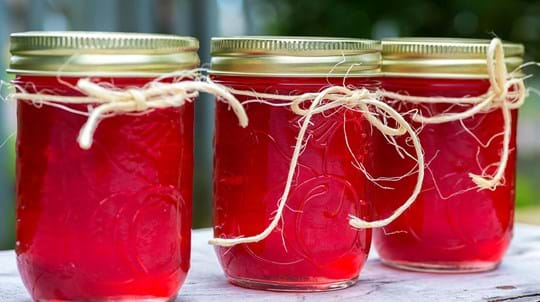
Blog
Helen Keating • 24 Oct 2018
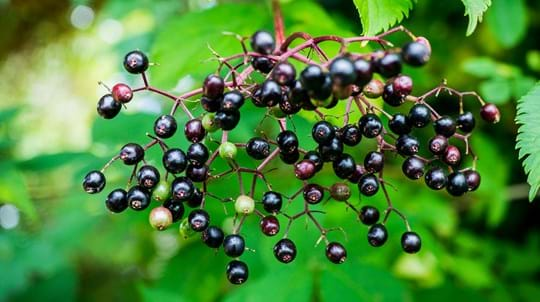
Blog
Helen Keating • 28 Sep 2022
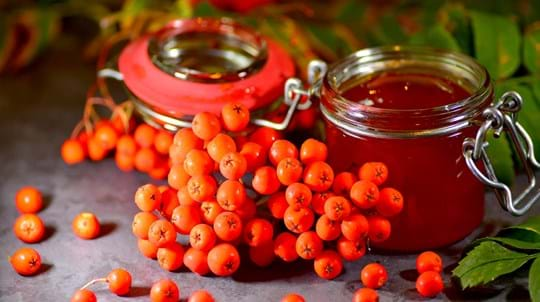
Blog
Helen Keating • 13 Aug 2018
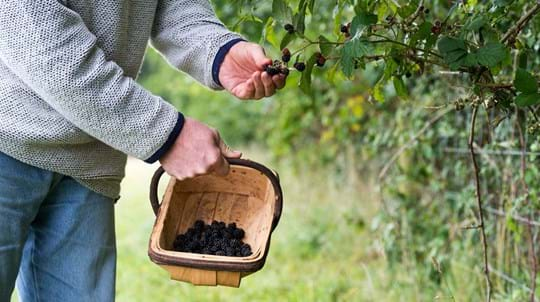
Blog
George Anderson • 12 Aug 2019
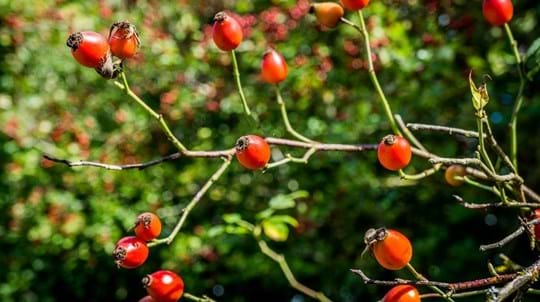
Blog
George Anderson • 31 Jul 2019